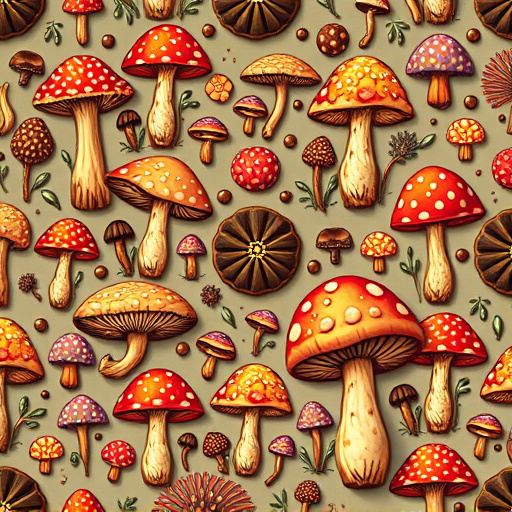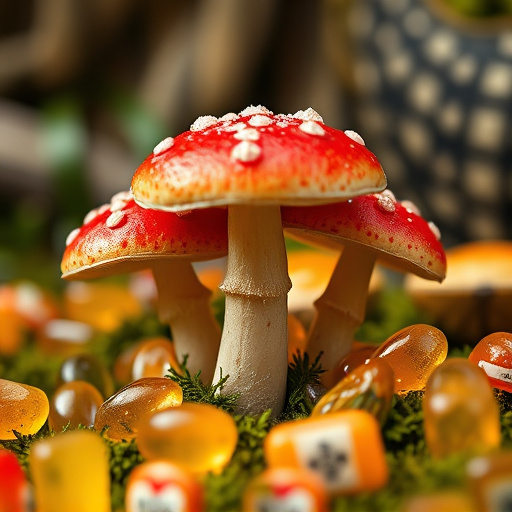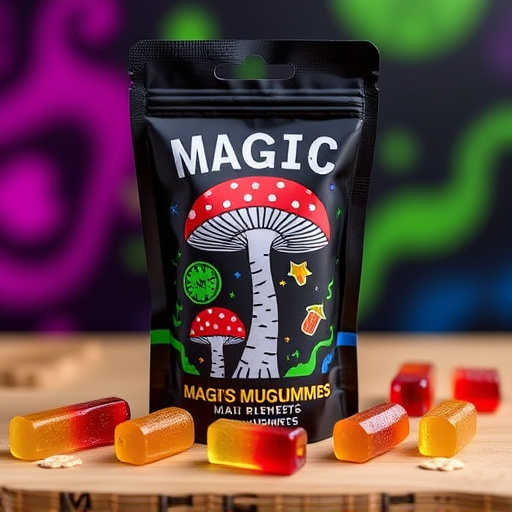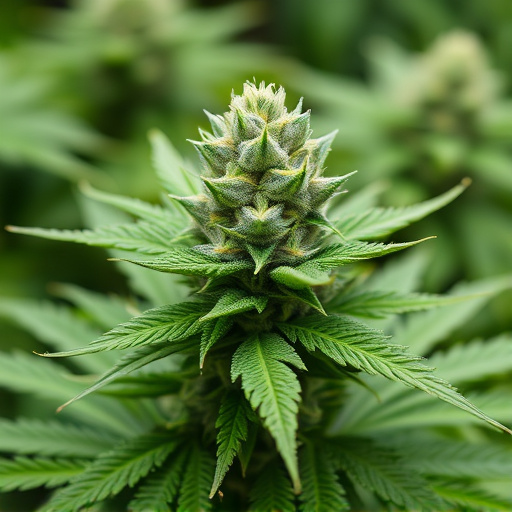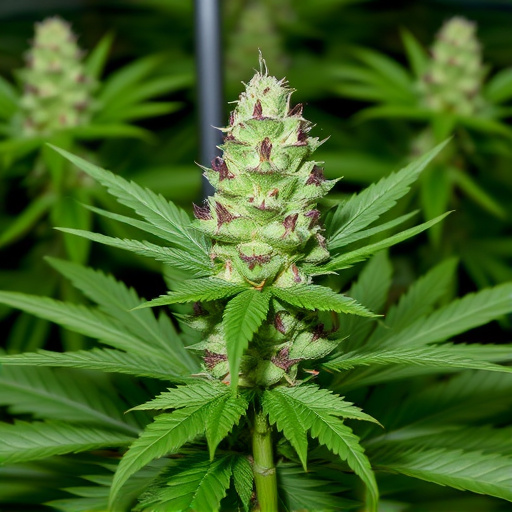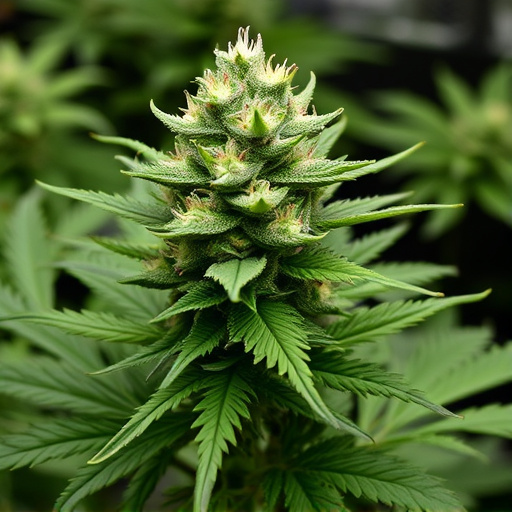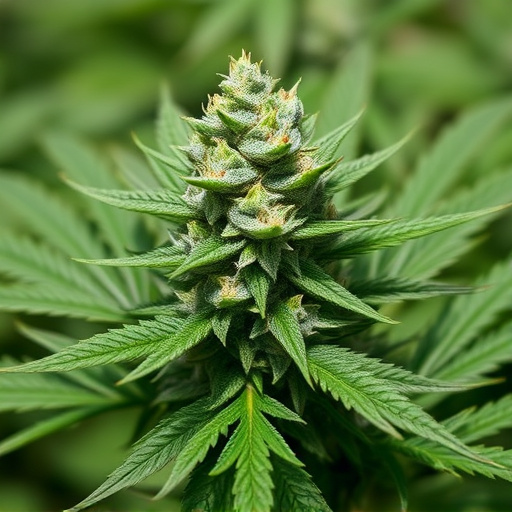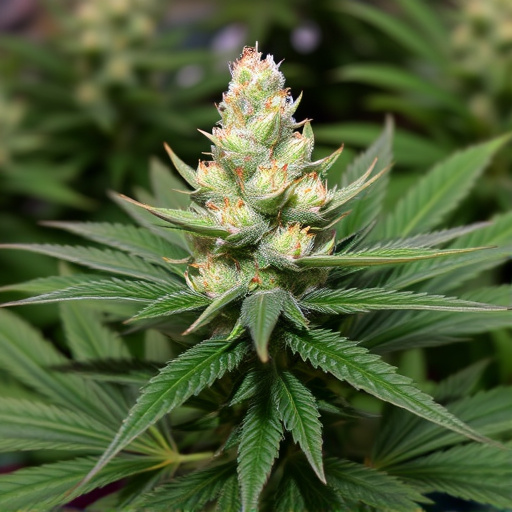This section explores the intersection of sleep science and cannabis chemistry, highlighting how key compounds like THC and CBD interact with the body's endocannabinoid system to influence sleep. High CBD cannabis cup-winning strains are popular for treating insomnia due to their ability to balance the ECS, promoting deeper, more restorative sleep. Exploring specific cup-winning strains like Acai Berry, Girl Scout Cookies, and Blue Dream—known for their calming effects—can help consumers find varieties that enhance sleep quality safely and responsibly, with low THC doses (5-10mg) and balanced cannabinoid profiles.
Are you struggling with sleep? Cannabis may offer natural relief. This guide explores how cannabis, with its complex chemistry, can aid in achieving a restful night’s sleep. From understanding the science behind it to discovering top-performing cannabis cup winning strains known for their sedative properties, we’ll help you navigate safe use and dosage for optimal results. Discover natural remedies for better sleep without sacrificing quality.
- Understanding Sleep and Cannabis Chemistry
- Exploring Cannabis Cup Winning Strains for Sleep
- Safe Use and Dosage Considerations for Better Sleep
Understanding Sleep and Cannabis Chemistry
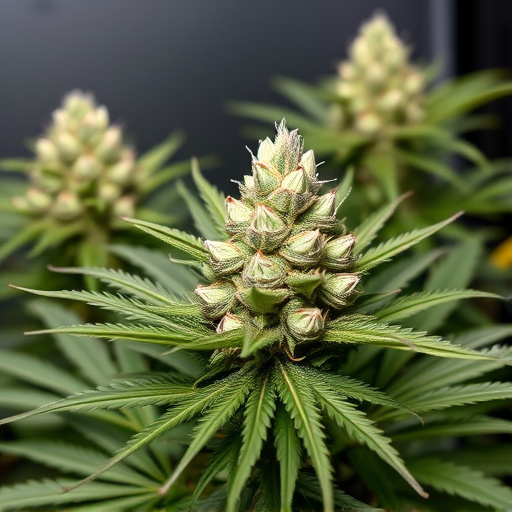
Understanding Sleep and Cannabis Chemistry
Sleep is a complex process that involves various stages, each playing a crucial role in our overall health and well-being. It’s a delicate balance between brain waves, hormones, and neurotransmitters. Cannabis, with its diverse chemistry, has been found to interact with the body’s endocannabinoid system (ECS), which influences many physiological processes, including sleep. The key compounds in cannabis that contribute to its sleep-aid properties are tetrahydrocannabinol (THC) and cannabidiol (CBD). While THC is known for its psychoactive effects, CBD is non-intoxicating yet plays a significant role in modulating the body’s response to sleep.
Cannabis cup winning strains often boast high CBD content, making them popular choices for those seeking relief from insomnia and other sleep disturbances. These strains can help balance the ECS, promoting deeper and more restorative sleep. The interaction between cannabis compounds and the ECS is a complex dance, with varying effects depending on the individual’s unique biochemistry. Understanding this relationship offers insights into how cannabis can be used as a natural tool to enhance sleep quality, providing relief for those struggling with sleep-related issues.
Exploring Cannabis Cup Winning Strains for Sleep

When it comes to finding cannabis varieties that promote sleep, exploring Cannabis Cup-winning strains can be a great starting point. These strains, often recognized for their exceptional qualities in various categories, have been cultivated and refined over time by expert growers. Many of these winning strains contain specific cannabinoid profiles that interact with our bodies’ endocannabinoid system to induce relaxation and improve sleep quality.
Cannabis Cup winners are known for their high CBD (cannabidiol) content, which is a non-intoxicating compound that has gained popularity for its potential therapeutic benefits, including stress reduction and insomnia relief. Strains like Acai Berry, Girl Scout Cookies, and Blue Dream have garnered fame not only for their unique aromas and flavors but also for their ability to offer a calm and restful experience when consumed responsibly.
Safe Use and Dosage Considerations for Better Sleep

When using cannabis for sleep, it’s crucial to approach it with a mindset of safe and responsible use. Start by considering your tolerance level; beginners should start with lower doses, around 5-10mg THC for a single serving, gradually increasing as needed. Consistency is key—aim to consume cannabis at the same time each night to help regulate your sleep cycle.
Cannabis cup winning strains are popular for their balanced profiles and potential sleep-inducing properties. Look for varieties with higher CBD content, as it can counteract THC’s potential anxiety-inducing effects and promote relaxation. Micro-dosing, or consuming very small amounts, has also gained popularity for those seeking a subtle yet effective sedative effect without the morning after. Always remember to consume responsibly, monitor your body’s response, and consult a healthcare professional if needed.
Cannabis has emerged as a potential natural remedy for improving sleep quality, with various cup-winning strains offering unique chemical compositions beneficial for rest. Understanding the science behind cannabis chemistry and its interaction with our bodies’ endocannabinoid system is key to unlocking its therapeutic benefits. By exploring specific strains known for their relaxing effects, such as those high in CBD or with specific terpenes, individuals can make informed choices. Safe use and proper dosage are essential considerations; consulting experts and starting with low doses can ensure a peaceful night’s sleep without adverse effects.

